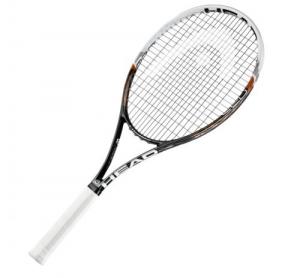The UK launches a collaborative R&D project which aims to develop graphene-filled epoxy resins
The UK Technology Strategy Board launched a new collaborative R&D project called NanoSynth with a budget of almost a million GBP ($1.5 million USD) - to develop a synthesis platform for the industry-scale production of graphene-filled epoxy resins for advanced composite applications.
According to the NetComposites, the project coordinator, those graphene epoxy resins will improve current resins and will feature better strength, stiffness, toughness, electrical conductivity and thermal performance. The new resins may prove to have a significant impact on a wide range of markets, including the aerospace and automotive ones. The worldwide yearly market of epoxy resins is estimated at over $15 billion.





